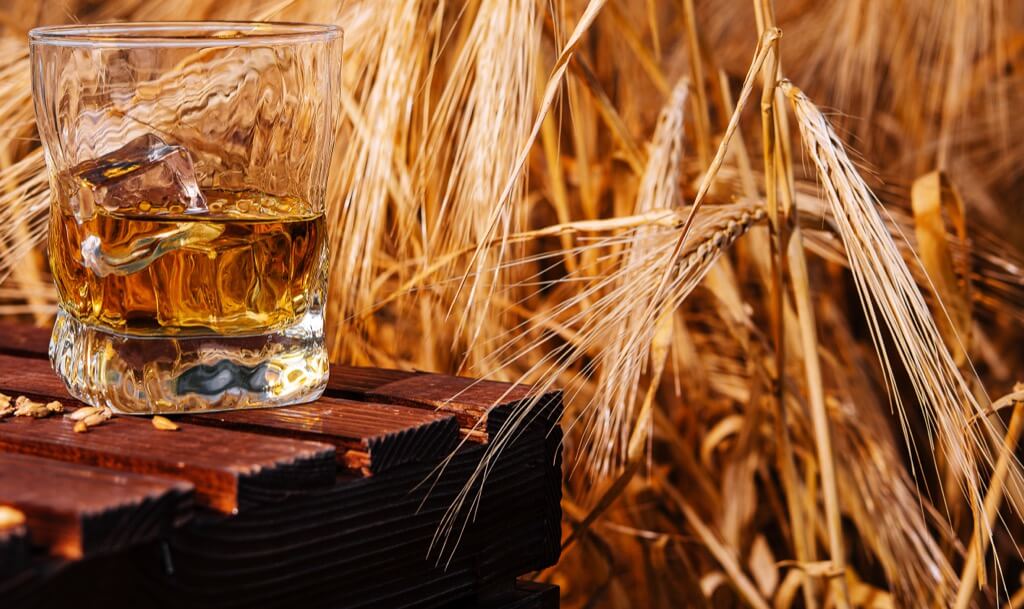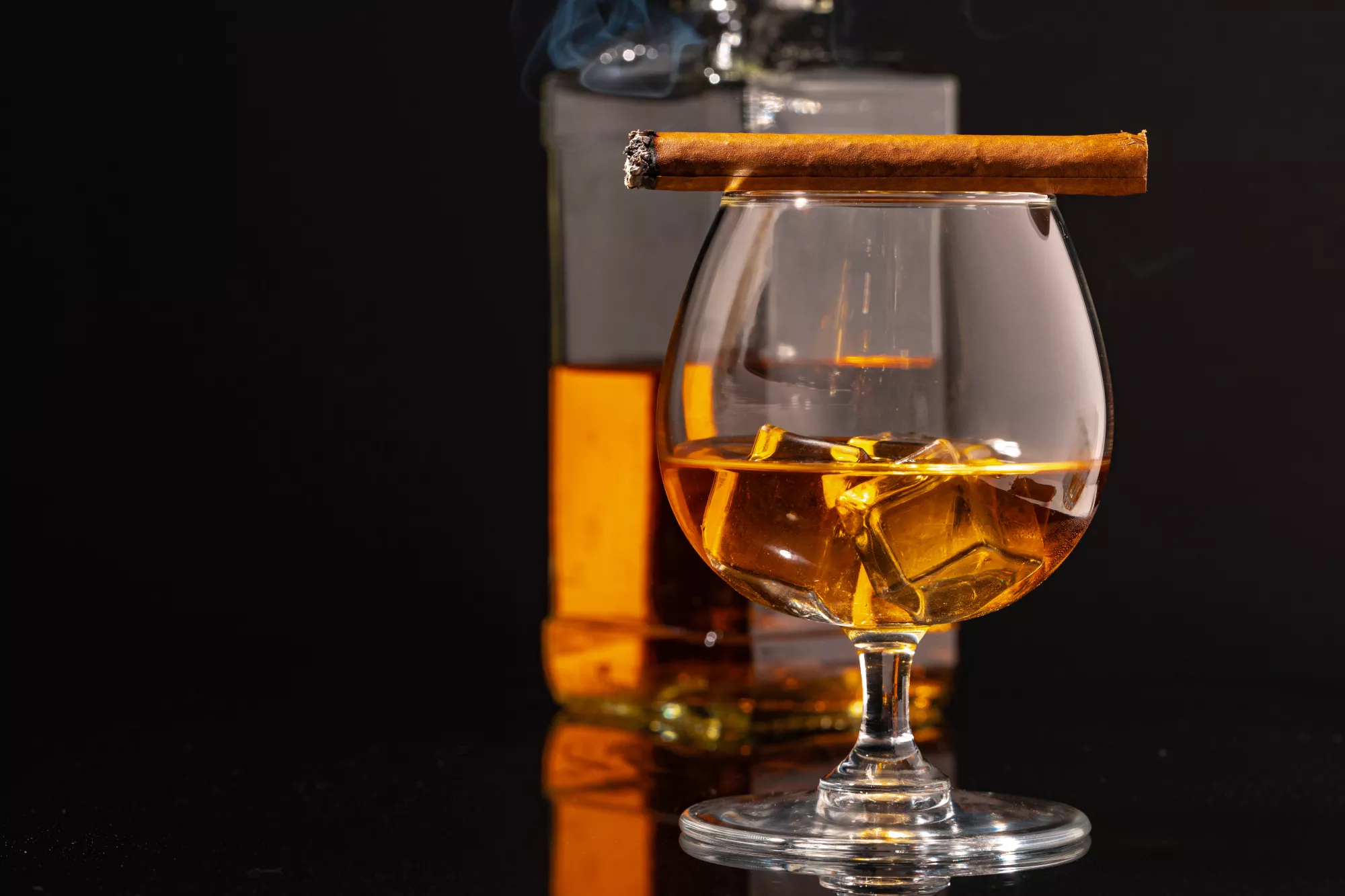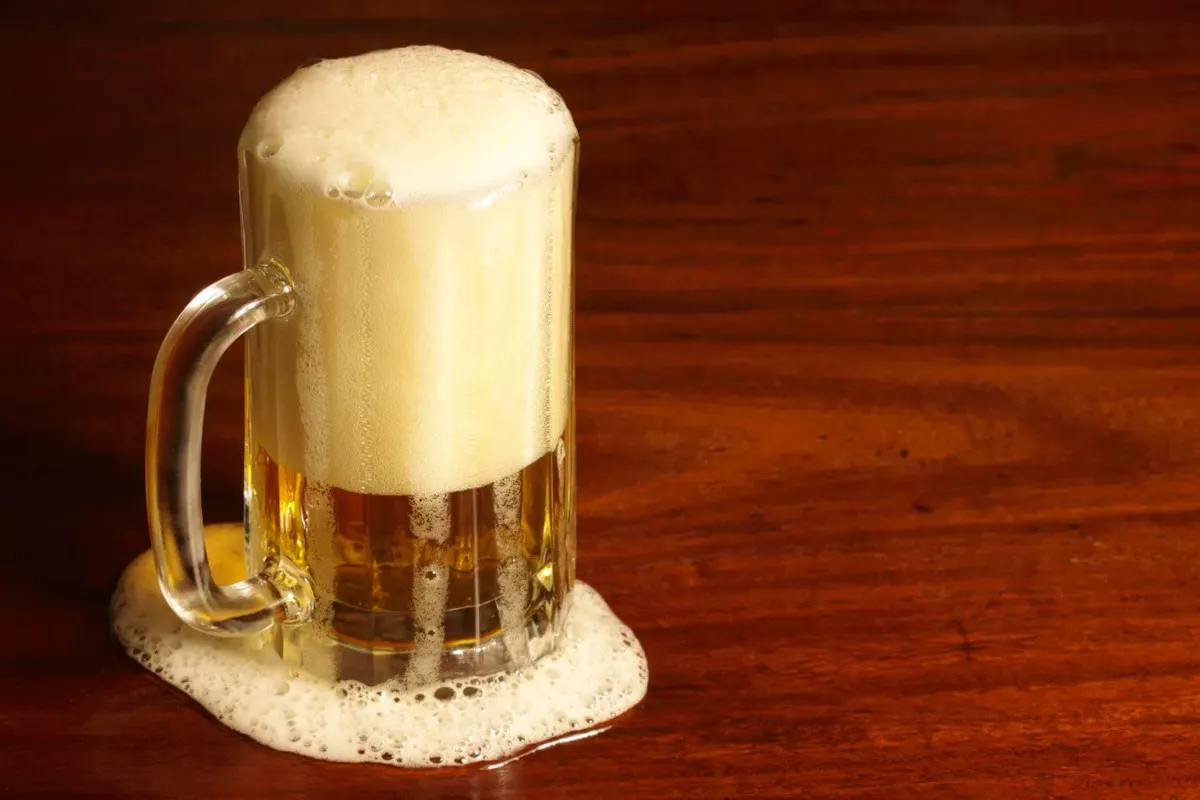The world of whiskey is experiencing some thrilling new developments. Except two states in the Midwest, every state in the US has its own distillery. Additionally, additional parts of the world are joining the fray. Whiskey has long been popular in Japan and Scotland, but recently several other countries’ varieties have emerged, including France, Germany, India, Australia, and Mexico. Is it possible that whiskey will follow the trend in the wine industry, where different regions produce distinctive styles? The future of whiskey may lie with these regional styles, but that is something only time can tell.
Regional Whisky Varieties Are Starting to Take Shape
In 1494, in a region of Scotland, the earliest mention of whiskey manufacture appears in written records. So, it should come as no surprise that the majority of historians place whisky’s (local spelling) origin in Scotland and see all subsequent spelling variations as variations on this theme. Even though most regional styles are based on traditional Scotch patterns, new developments are happening in other areas. For instance, French distillers are blending Cognac and eaux de vie to create a unique (and sub-)style of French whiskey. The situation is similar in Austria and Germany. It is the hope of whiskey distillers that, as new regional styles develop, their product will bear a mark that pays homage to its origins. Two places that are doing a good job of following this trend are:
Mexico Welcomes Its First Whiskey Distillery
For many years, Mexican whiskey—a tiny but growing spirits category—has stood strong, thanks in large part to the use of heirloom Mexican maize. Abasolo is a new distillery that aims to establish this regional style as its own category, although there have been a few labels that have pioneered Mexican whiskey. The proprietors of Abasolo Whiskey believe their seven-year effort to create a new kind of whiskey will revolutionize the way people think about Mexican whiskey.
The red Cacahuazintle maize used to make Abasolo whiskey comes from three different farms in the area and is not genetically modified. In the absence of a longer maturing process, the corn undergoes nixtamalization, a technique that has been around for four thousand years that opens up the maize, bringing out its flavors. Even though the company is operating in both the US and Mexico, Cesar Sandoval, National Ambassador for Abasolo Ancestral Corn Whisky, tells Thrillist that it’s part of what makes the whiskey truly Mexican.
We began with maize. In addition to capturing the essence of corn, or “la alma de mais,” Sandoval aims to encapsulate the essence of the earth. A one-of-a-kind whiskey is the result. The wide range of age expressions isn’t available just yet because it’s brand new, but that will change soon. It was important to them that this spirit accurately reflect the local maize.
Whisky From Australia Aspires to Be Unique
Established in 1992, the oldest distillery in Australia has been instrumental in propelling the region to the forefront of the global whiskey industry for the last quarter of a century. Sullivans Cove, an Australian whiskey, shot to fame in 2014 when it took home the trophy for Best Single Malt at the World Whiskies Awards. This whiskey wasn’t from Scotland or Japan; it was the first of its kind to win the title. Tasmania, which had nine distilleries in 2014 but today has more than thirty functioning distilleries, was the most famous Australian spirit producer during that time. Manufacturers there are having trouble keeping up with demand from domestic consumers and aren’t even thinking about expanding into export markets just yet due to the surge in popularity at home.
The success of craft distillers in Tasmania has piqued the interest of consumers, and now makers are migrating across the mainland. In 2015, the first distillery to be established in Sydney in over 160 years was Archie Rose, an artisan distiller. Will Edwards claims he spoke with Tasmanian pioneers before opening the distillery, and he continues to employ unconventional means to expand the brand’s reach.
It is heartening to learn that Australian drinkers generally approve of distilled spirits made in Australia, according to Edwards, who spoke with Liquor.com. We are almost there, but we haven’t released an aged whiskey just yet. Expectations for our debut release are high due to the creative production, emphasis on provenance, and dedication to quality.
More and more artisan distillers are finding success thanks to the widespread appreciation for regional whiskey styles. With many more set to open soon, Australia is home to more than 120 distilleries. The sector as a whole is currently experiencing a significant period of expansion and experimentation, according to Edwards. Hopefully, things will calm down in the next few years, and the greatest new products will be able to make it. We should expect generalized improvements in quality and consistency as the business develops, as well as an increase in commercial-scale production and substantial investment.
What Are The Critics Saying
Critics of the regional whiskey boom argue that the proliferation of new styles and producers may dilute the essence of what makes whiskey, particularly Scotch and Bourbon, special. The concern is that with so many variations entering the market, the distinction and rigorous standards that have defined whiskey production for centuries might become blurred. There’s a fear that the identity of whiskey could be fragmented, making it harder for consumers to navigate the market and for traditional styles to maintain their revered status.
There’s also the question of quality. Particularly in nations with a long history of distilling, the whiskey industry has long been subject to strict regulations and standards. As new players emerge, the challenge will be to ensure that these standards are upheld and that the rush to innovate does not compromise the craftsmanship and quality that aficionados have come to expect. Maintaining consistency and excellence across a burgeoning and diverse landscape of regional whiskies will be a significant test for the industry.
Reaching A Middle Ground
To ensure that regional whiskies can flourish without compromising the rich legacies of whiskey tradition, a balanced approach is essential. Here’s how a middle ground can be reached:
- Establishing Clear Guidelines and Appellations:
- Develop a set of internationally recognized standards for regional whiskey production that respects global traditions while accommodating local innovations.
- Introduce appellations or certifications for regional whiskies that highlight their unique characteristics and origins, ensuring authenticity and quality.
- Promoting Education and Awareness:
- Distilleries should engage in educational campaigns to inform consumers about the craftsmanship behind regional whiskies, emphasizing how local ingredients and methods contribute to their distinctive flavors.
- Whiskey aficionados and educators can organize tastings and workshops that explore the diversity of regional whiskies, fostering an appreciation for both traditional and new expressions.
- Encouraging Collaboration and Exchange:
- Encourage collaborations between traditional and emerging whiskey-producing regions to blend the best of both worlds, creating innovative expressions that honor whiskey’s heritage.
- Facilitate knowledge exchange programs for distillers to learn from different whiskey-making traditions, ensuring the craft continues to evolve without losing its essence.
- Fostering Transparency and Traceability:
- Implement traceability measures that allow consumers to understand the origins and production processes of regional whiskies, building trust and appreciation for their quality.
- Distilleries can adopt transparent labeling that provides consumers with detailed information about the whiskey’s ingredients, aging process, and regional characteristics.
The trend of regional whiskies represents both an exciting opportunity and a challenge for the whiskey industry. It invites a celebration of global cultures and innovation while prompting a reflection on the values and standards that have defined whiskey for centuries.





